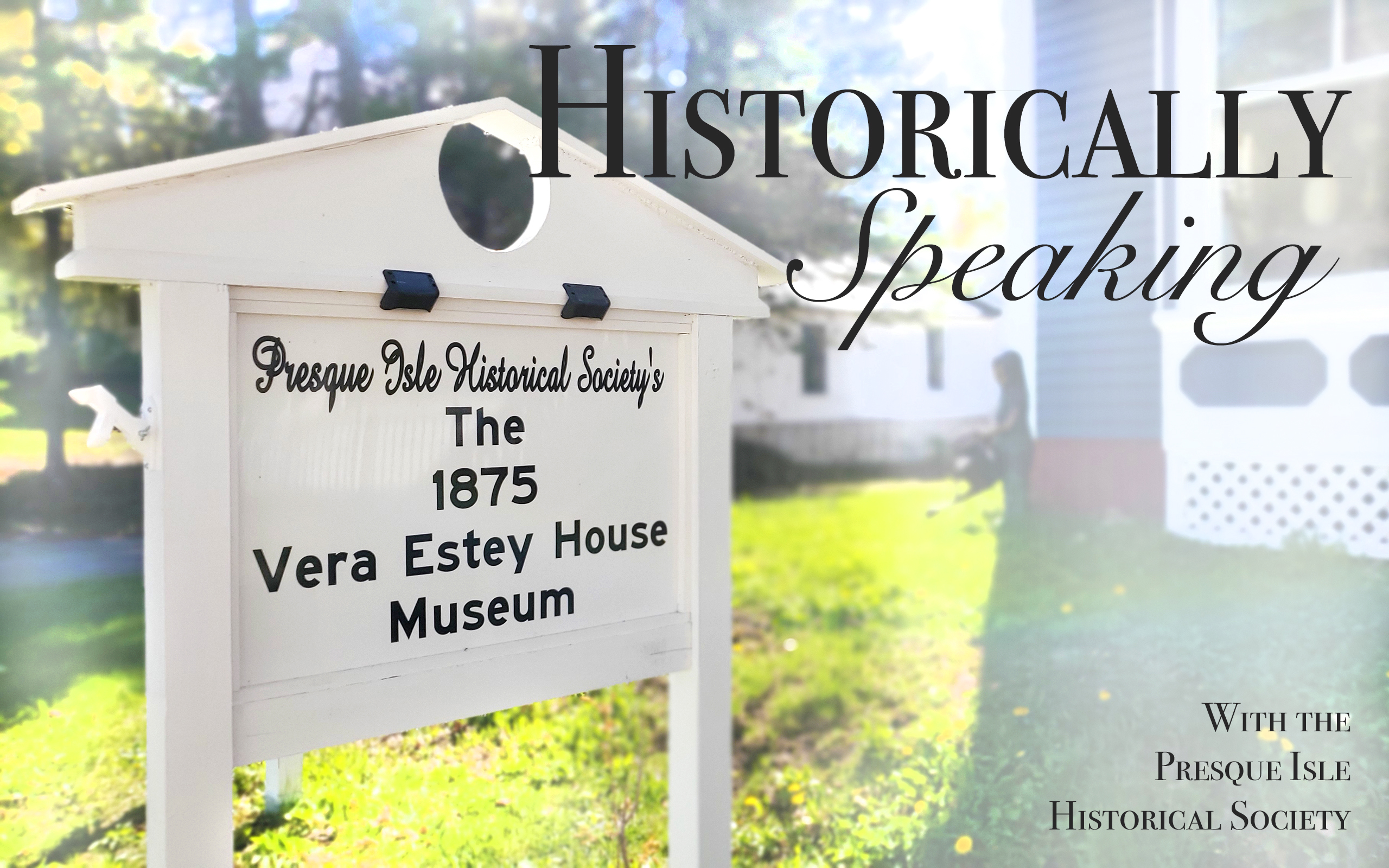In 1930, Presque Isle Merchants’ Association (which is now the Central Aroostook Chamber of Commerce) put together a subcommittee to explore establishing an air service. Charles Lindbergh had completed his first solo flight across the Atlantic Ocean just three years before, birthing dreams of air transportation.
Local investors bought stock in the Presque Isle Airport Company, and land near the McCready farm on the Mapleton Road was purchased. An 82-by-100-foot hangar was constructed and an L-shaped grass runway was established. That same year, a shipment of Maine potatoes was flown from Presque Isle to Washington, D.C., for President Herbert Hoover. The airport was dedicated in 1931.
In 1937, the Town of Presque Isle purchased the stock of Presque Isle Airport Company from the private stockholders and officially became the owner of our airport. Around that time, a second east-west runway was constructed.
In 1940, when it became apparent that the U.S. would be entering World War II, the government took possession of our airport by eminent domain and began the construction of a military installation. For the next two decades, the runways of Presque Isle played a key role in the defense of this nation.
Following the closure of Presque Isle Air Force Base in October 1961, the 1,892 acres that encompassed the base was divided up. A new junior high school (originally known as Skyway and now Presque Isle Middle School) was built on 23 acres of the former base. Northern Maine Community College (originally Northern Maine Vocational Technical Institute) was created on 80 acres. The city purchased 440 acres on which to establish a new business venture, an industrial park, which proved very successful for the city.
The final and largest parcel, encompassing 1,452 acres which included the runways, taxiways and hangars, was deeded to the city for $1. Thus began the commercial aviation era of our airport.
The 10,000-square-foot building currently being used as Presque Isle International Airport’s passenger terminal was built around 1954 and originally served as the fire rescue building for the base.
In 1978, the federal government deregulated the airline industry. This removed government control over fares, routes and markets served. This had the potential to be devastating for small airports around the country and the economies of those communities. At that time, Congress stepped in and created the Essential Air Service program. This allowed eligible small communities to obtain a federal subsidy so as to retain air service. Luckily, Presque Isle qualified for this program, allowing air service to continue here.
A new era is about to begin for Presque Isle International Airport. Essential Air Service standards call for terminals to be 25,000 square feet in size. Our current terminal is about 40 percent undersized, and too small to serve current numbers.
The airport is presently deep in planning mode to construct a new, larger passenger terminal to better meet the needs of customers, as well as the Essential Air Service program.
To learn more about Presque Isle’s aviation history as well as its importance in the defense of this nation, visit Presque Isle Air Museum located in the south end of the airport’s passenger terminal. Admission is free and the museum is open anytime the passenger terminal is open.
Kimberly R. Smith is the secretary/treasurer of the Presque Isle Historical Society.








